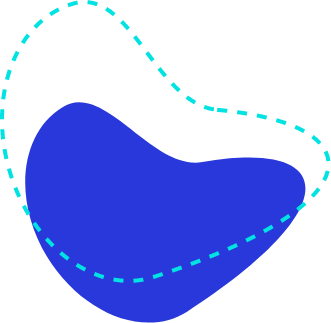Understanding the Difference Between Copyright and Trademark

Intellectual Property (IP) is a cornerstone for businesses, but often, confusion arises in distinguishing between two of its primary forms:
Copyright and Trademark. This blog post aims to clarify these differences, this understanding is crucial for business owners to safeguard
their interests and respect others' IP rights.
What is Copyright?
In Australia, Copyright protection is automatically granted to original works. This protection, as stipulated in the Copyright Act 1968 (Cth), extends to various categories:
- Original Works: Literary, Dramatic, Musical, and Artistic works.
- Subject Matter other than Works: This includes sound recordings, broadcasts, and published editions.
Crucially, Copyright is concerned with the expression of ideas rather than the ideas themselves. It's about the specific execution of a concept, such as a drawing of a cat, but not the general idea of cat drawings. However, simplicity in work, like single words or names, may limit Copyright protection.
Rights Under Copyright
Copyright bestows the owner with exclusive rights including:
- Reproduction or copying of the work;
- Public communication of the work;
- Publishing;
- Performance;
- Adaptation.
Infringement occurs when these rights are exercised without the owner's consent, unless a licence is granted.
Duration and Ownership Challenges
Copyright persists for the creator's lifetime plus 70 years post-mortem. However, works created for a company or commissioned for private use may not belong to the creator.
Protecting Your Copyright
- Document all related drafts and notes;
- Use the © symbol, signalling ownership;
- Have written agreements for work usage;
- Take action against infringements.
Copyright vs Trademark
Contrasting Copyright, Trademarks are registered with IP Australia and internationally. Trademarks function as a brand's badge of origin, differentiating goods and services in the marketplace. They can include words, phrases, logos, colors, shapes, and even smells.
In instances like a company logo, both Copyright (in the logo's design) and Trademark (as a brand identifier) can coexist. This dual protection also extends to other business materials like promotional videos.
Trademark Protection and Limitations
A Trademark exclusively protects your brand, but it won't cover descriptions of your business’s products or services.
Trademark Duration
Trademarks last for 10 years, with renewal options. However, non-use of a Trademark can lead to its removal from the register, preventing monopolistic practices.
Protecting Your Trademark
- Register with IP Australia.
- Use the ® symbol for registered marks and "TM" for unregistered ones.
- Maintain written usage agreements.
- Act against infringements.
Key Takeaways
Both Copyright and Trademarks are vital in IP protection, but their scopes differ significantly:
- Trademarks require registration; Copyright does not.
- Trademarks last 10 years, while Copyright extends for the creator's lifetime plus 70 years.
- Copyright attaches to specific works; Trademarks protect brand identifiers like names and logos.

.jpg)


